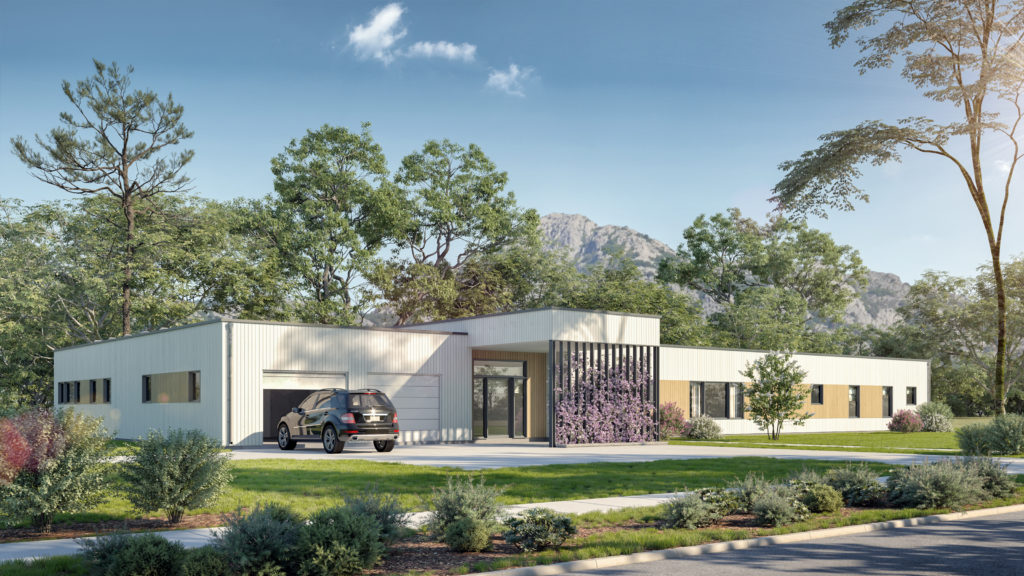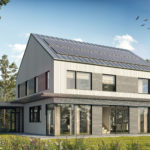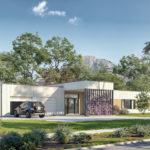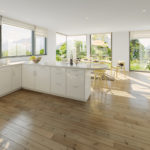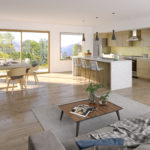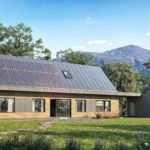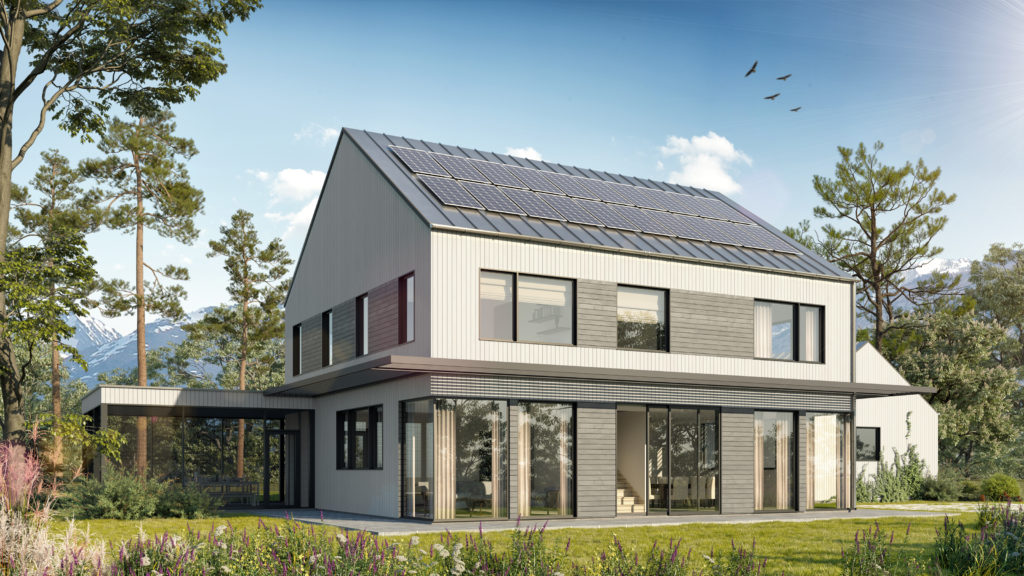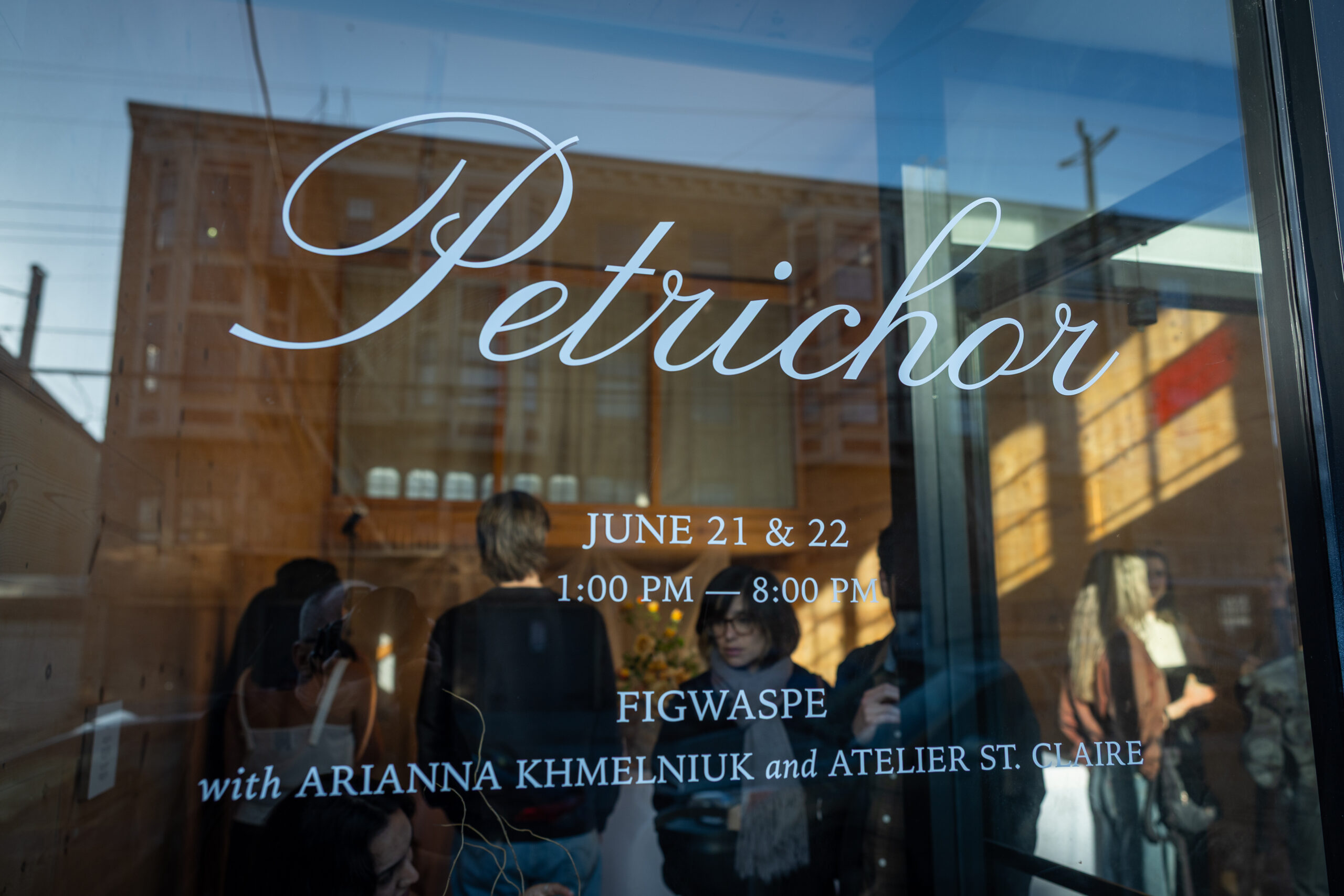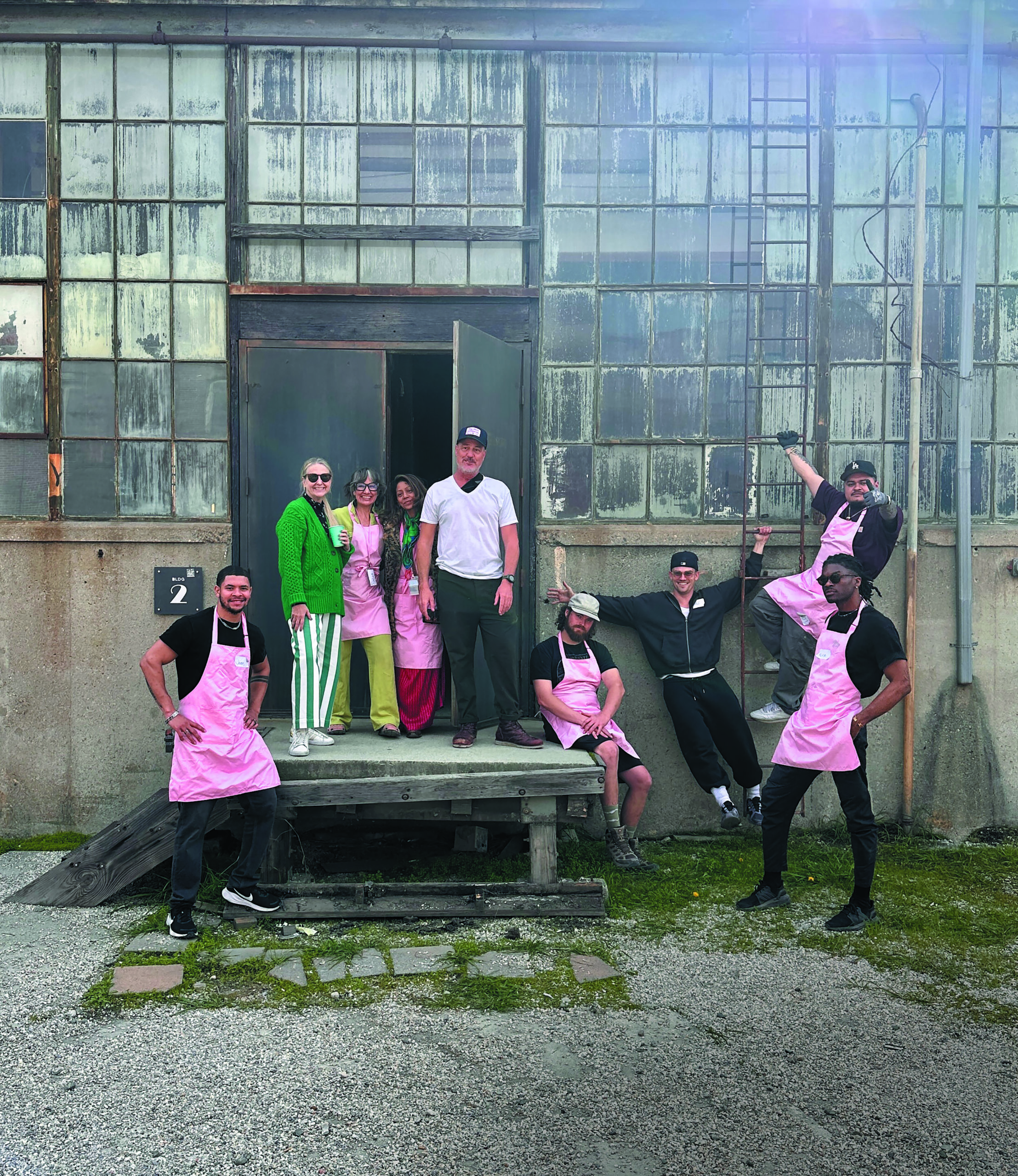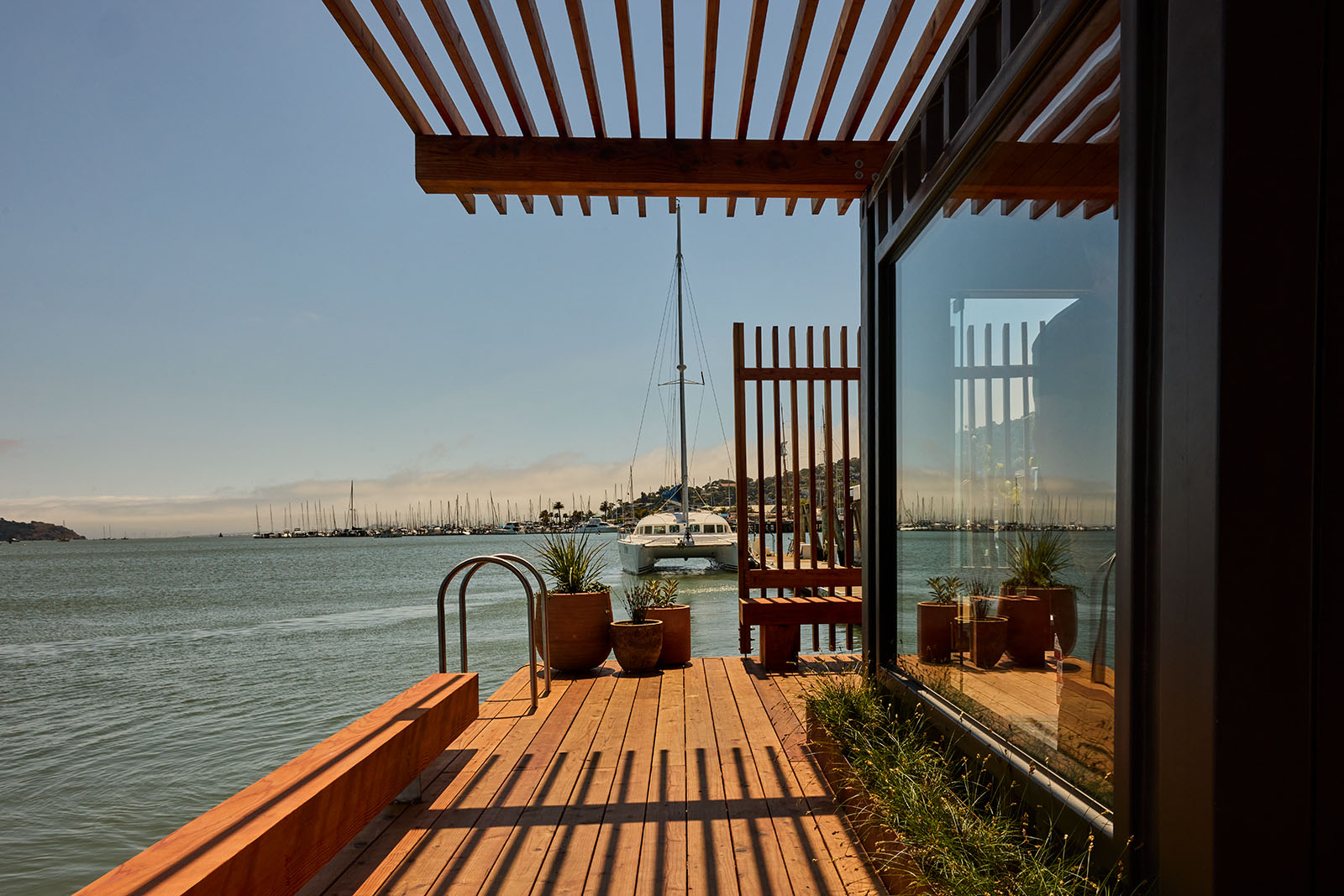Plant Prefab and Richard Pedranti Architect Introduce the Passive House LivingHomes
Author:Lindsey ShookLeading prefab developer, Plant Prefab, launches three custom designs
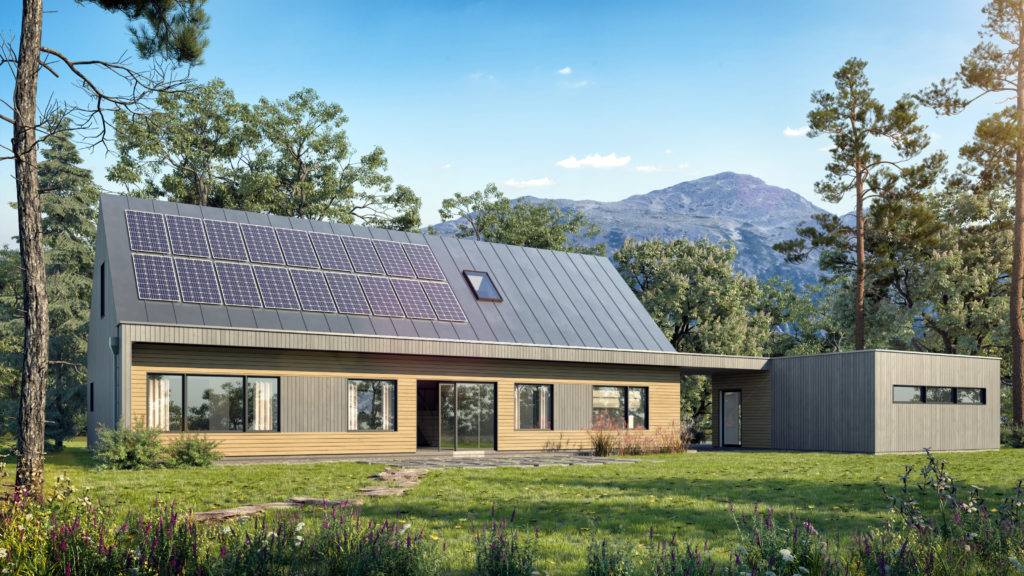
The nation’s first Certified B CorporationTM prefabricated design and construction company Plant Prefab, just introduced their first ever Passive House LivingHomes, the RPA LivingHome 1, 2, and 3, designed in partnership with new Plant Design Partner Richard Pedranti Architect (RPA).
These prefabricated, energy efficient spaces all meet the Passive House standards of employing proper solar orientation, optimal insulation, high-performance windows and doors, an airtight enclosure and balanced ventilation. “Plant is focused on building homes that are as healthy and sustainable as possible and we push the boundaries,” explains Plant Prefab Founder and CEO Steve Glenn. “We use the U.S. Green Building Council’s LEED for Homes program as well as our own stringent health and sustainability program, Z6, to create some of the world’s healthiest homes with the lowest possible impact on the planet.”
The single-family units range in size—from 2-3,000-square-feet—and offer an open floorplan and three to four bedrooms.“In over a decade of designing and building Passive Houses, the RPA LivingHome designs from Plant Prefab offer the most complete Passive House products that I’ve seen on the market. Additionally, by using the Plant Building System—Plant’s comprehensive and flexible off-site building platform—we were able to design custom, high-performance homes with Passive House-level envelopes and sustainable finishes,” says Richard Pedranti, Founder and Principal of Richard Pedranti Architect.
Each residence perfectly captures the modern sensibility that is so prevalent in California design, while serving as a very efficient building solution. PBS uses a combination of Plant Modules and Plant Panels, a new panelized construction system developed by Plant Prefab, which include plumbing, electrical and finish materials. We spoke with Plant Prefab CEO Steve Glenn about the recent collaboration and how he envisions it will change the future.
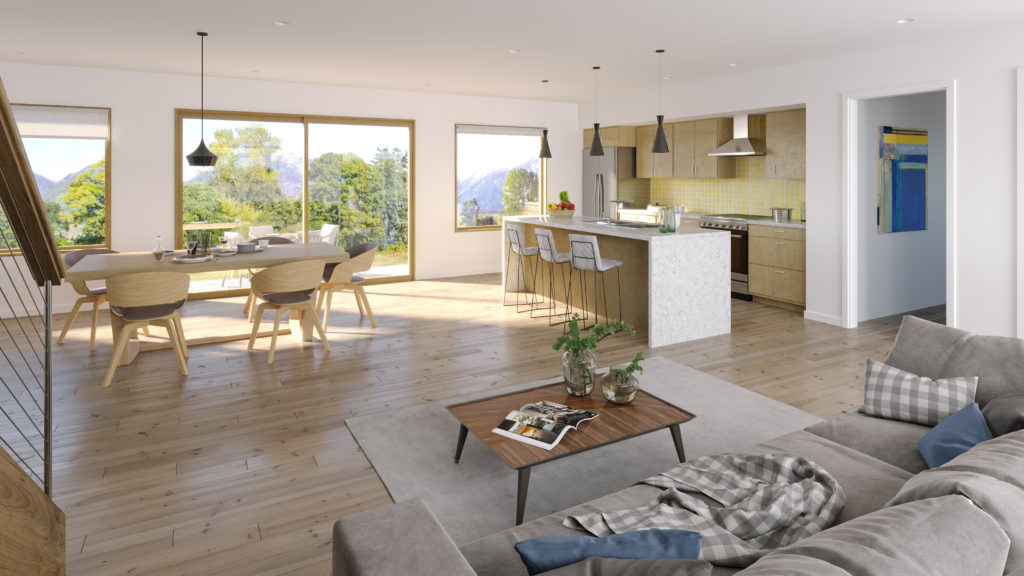
–What inspired the creation of the RPA Living Home passive house? Richard actually reached out to us. He saw the LivingHomes and projects we had completed with great architects and designers like Ray Kappe, Brooks + Scarpa, and Yves Behar, and he was interested in partnering with us.
-How was the process working with Richard Pedranti so successful? As a company, we’re focused on custom, high quality, sustainable homes designed by great architects and we’ve worked with dozens on their projects, so we’re pretty experienced with the process at this point.
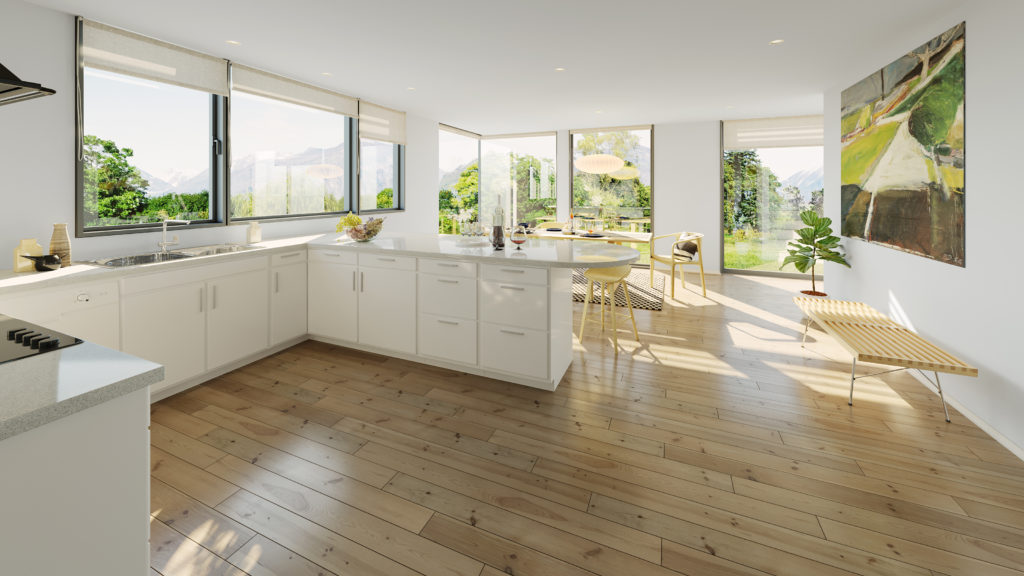
-Passive House design can be intimidating for many. What makes the Plant Prefab home an easy solution? Richard Pedranti is one of the top practitioners of Passive House design in the US, so he’s clear on what works and what doesn’t. Sustainable design is core DNA for us and a key capability of the Plant Building System, so it was easy for us to work together on standard LivingHomes that met the significant energy and sustainability requirements of Passive Homes.
–Why do you feel more design professionals would enjoy working with a Plant Prefab solution? We’re giving architects—and their clients—a method to build custom, high-quality, architectural homes that are faster, more sustainable, healthier and can be lower cost than is possible with traditional, site-based approaches. We’ve successfully worked with dozens of architects already and I hope and believe we’ve become pretty good at this – and are constantly getting better!
